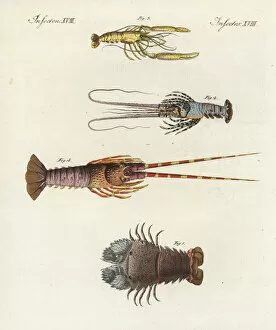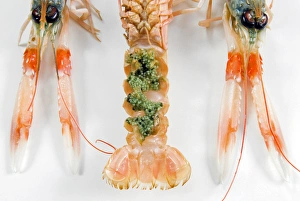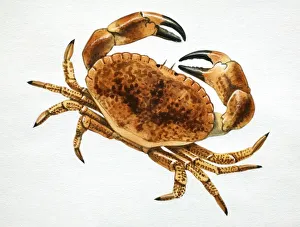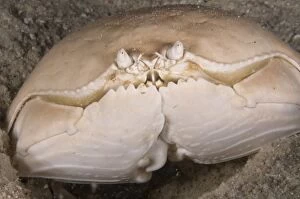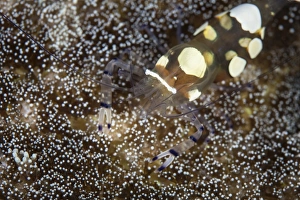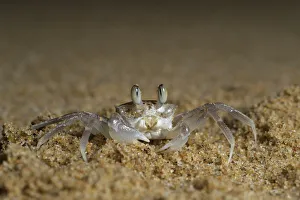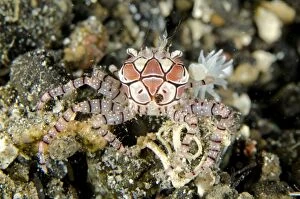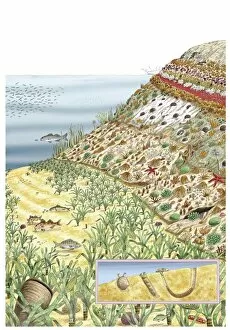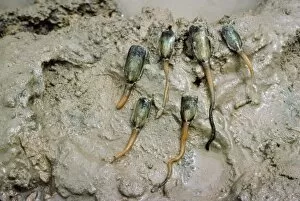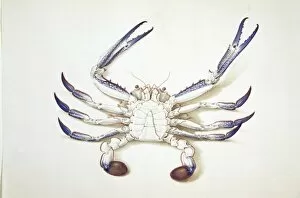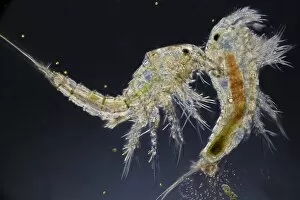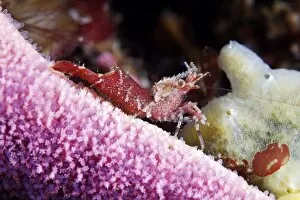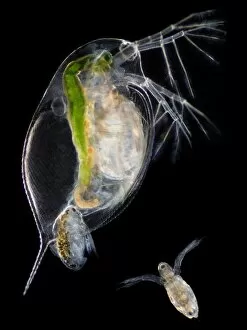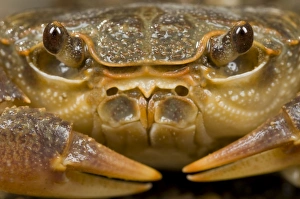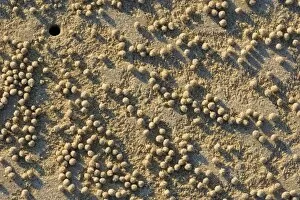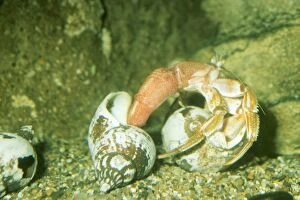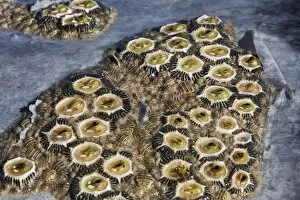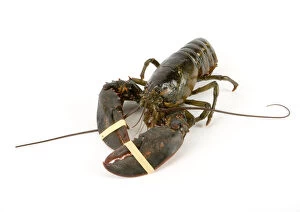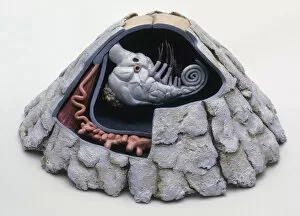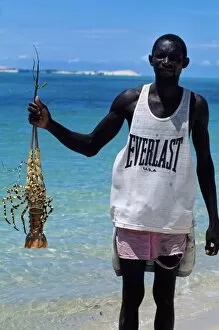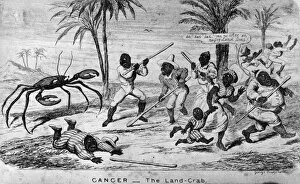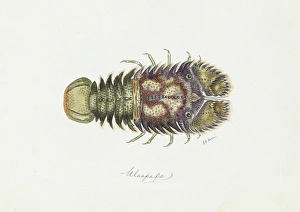Crustacean Collection (page 22)
Crustaceans, the fascinating creatures of the sea, come in all shapes and sizes
All Professionally Made to Order for Quick Shipping
Crustaceans, the fascinating creatures of the sea, come in all shapes and sizes. From the Greenland shark with its parasitic copepod hitchhiker to the majestic lobster captured in an X-ray image, these crustaceans never fail to amaze us. One standout among them is the Giant Robber or Coconut Crab, perched high on a coconut palm tree in the Indian Ocean. This impressive creature, known as Birgus Latro, can grow to enormous sizes and is truly a sight to behold. But they are not limited to just one species; they encompass a wide variety of animals. From tiny Antarctic Krill floating gracefully through icy waters to Horseshoe Crabs found along Reeds Beach in New Jersey, their diversity knows no bounds. Djibouti boasts another member of this extraordinary group - the Red Swimming Crab. With its vibrant colors and agile movements, it adds beauty and excitement to its surroundings. The Giant Japanese Spider Crab takes center stage with its long legs and imposing presence. Found off the coast of Japan, this colossal creature commands attention wherever it goes. On Christmas Island in the Indian Ocean (an Australian Territory), we find another captivating crustacean - the Red Crab. These land crabs create a stunning spectacle as they gather en masse on beaches during their annual migration. Not only do crustaceans inhabit oceans and shores but also thrive in freshwater ecosystems like ponds. Their intricate forms add charm and intrigue to pond life scenes around the world. Let's not forget about Louisiana Crayfish or Crawfish - widely harvested for food across North America but introduced elsewhere due to their delicious taste. These little critters have become culinary favorites while still maintaining their natural habitats. Lastly, we encounter Horseshoe Crabs once again - this time witnessing their incredible spawning behavior on sandy beaches. Limulus polyphemus showcases nature's wonders as these ancient creatures continue their age-old reproductive rituals.





